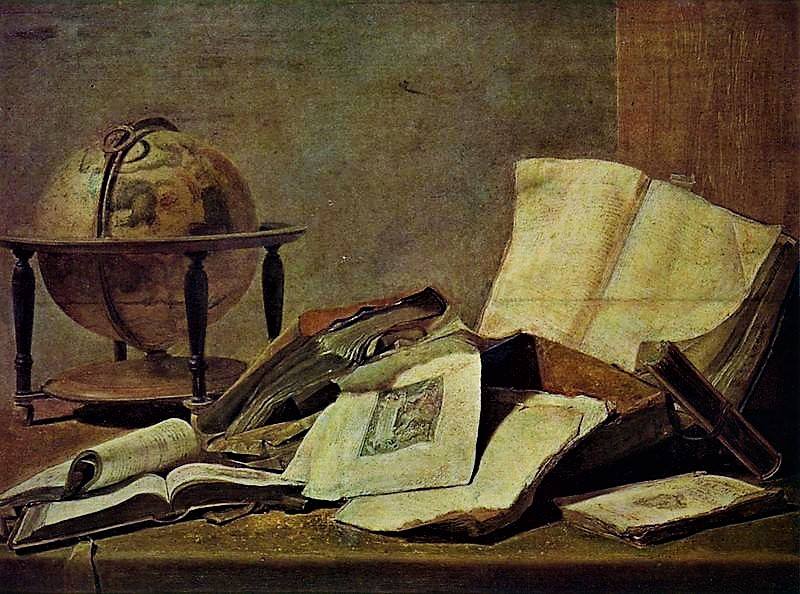Discovered by metal detecting enthusiasts in September of 1998, the Shapwick Hoard consists of 9,262 Roman coins. The cache of 260 coins, found in Shapwick, England date from the reign of 30 BC to 224 AD. The Shapwick Hoard isn’t only the largest collection of silver denarii discovered in Great Britain, but also contains two ultra rare coins previously not found in Britain.
The hoard, valued at £265,000 was found, was discovered by Kevin and Martin Elliott. The cousins were searching for artifacts using a metal detector. After their initial discovery, archeologists soon began the painstaking work of excavating the hoard. These excavations showed the hoard had been stored in either small bundles or rolls. They were then stored in a large sack. The sack was then concealed in the corner of what was once a room in a Roman villa.
The coins, which date from Mark Antony’s reign to the reign of Severus Alexander, cover over 300 years. Of the 9,262 excavated coins, 5741 were minted during the reign of Emperor Septimius Severus (193–211 AD). The two rare coins feature Manlia Scantilla, the wife of Roman Emperor Didius Julianus. She had been declared Augusta (Empress) during her husband’s reign, which lased for nine weeks in 193 AD.
The Shapwick Hoard is currently on display at the Museum of Somerset, located in Taunton Castle.
